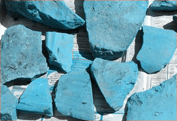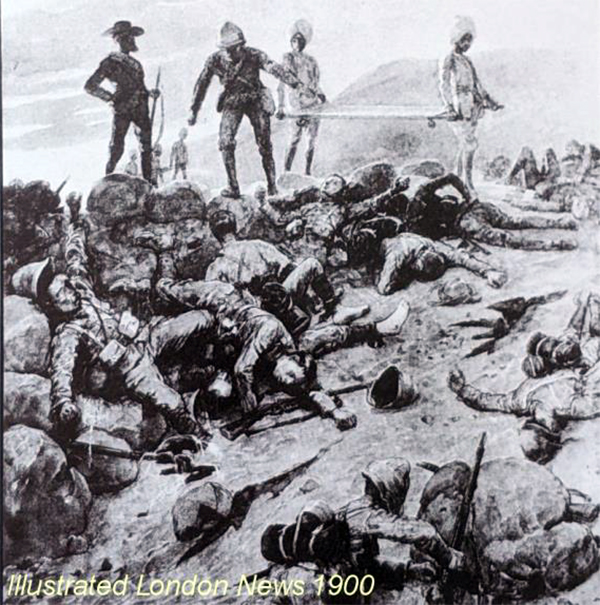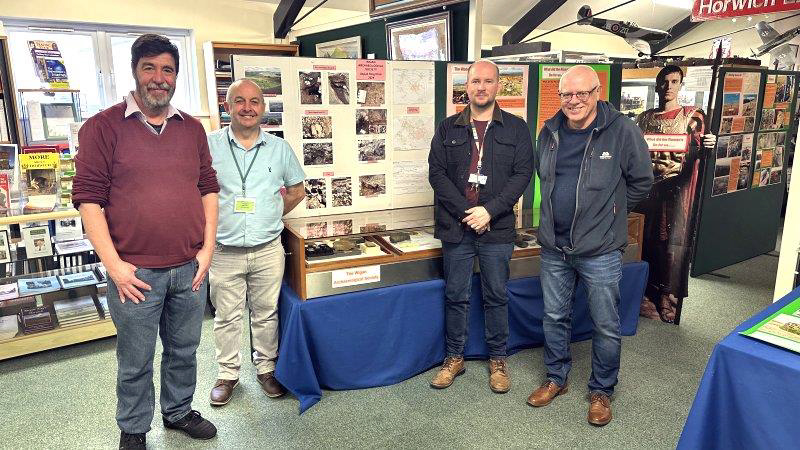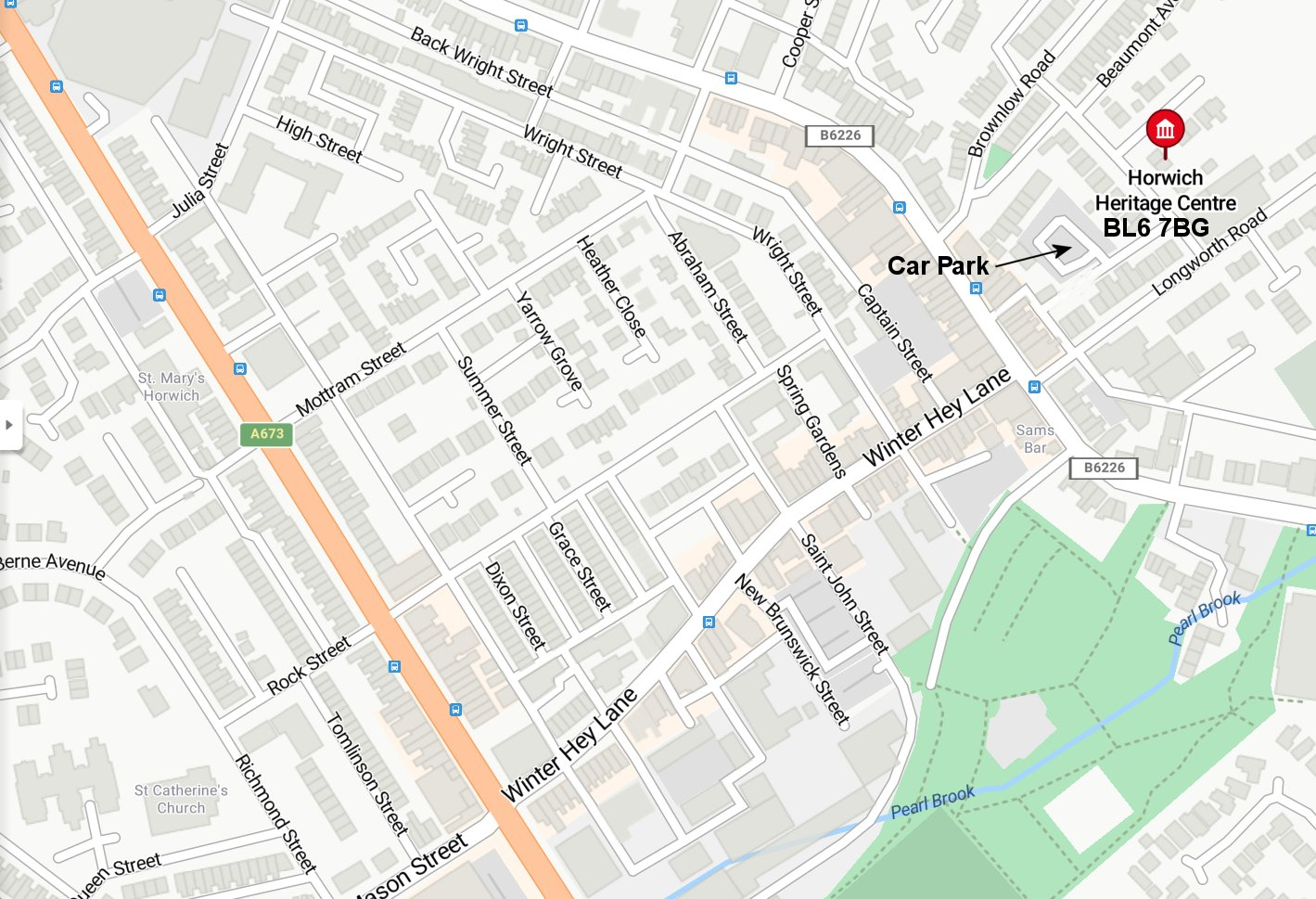

| No.276 March 2025 | Monthly Newsletter |
Battle of Spion Kop |
|
Late January this year saw the 125th anniversary of this infamous encounter in the 2nd Boer War in South Africa. Many stadium terraces, including Liverpool's Anfield and Wigan's Central Park rugby ground, were named after this battle which saw many British soldiers lose their lives. No matter the rights and wrongs of the UK's involvement in this South African campaign, the soldiers there fought bravely for King and Country. This included many from Wigan and the surrounding townships who had joined up to fight with the Lancashire Fusiliers and various other regiments. The late Fred Holcroft's book 'The Devil's Hill', published in 1992, describes in some details the horrors of the disaster as it unfolded. Having declared war on the British in 1899, the Transvaal Boers poured into Natal and Cape colonies, quickly surrounding the towns of Kimberly and Ladysmith. In response the British sent in the army to relieve the beleaguered garrisons. At first, they had some success, but they soon got bogged down when the attack stalled after several embarrassing defeats. It was thought perhaps an attack on a particular hill might outflank the Boers and force them back. This was the steep slopes of Spion Kop. The night attack by a contingent of 1700, seemed to be completely successful, as the men were able to quickly disperse the Boers from the summit and dig in defensive trenches. By morning though, when the mist had cleared, it became clear they were in a very precarious position. The rocky terrain meant the trenches weren't deep enough and Boers, hiding behind a forward ridge, were able to pick them off with relative ease. Worst still a higher knoll on the right flank gave the Boers a raking view down the length of the main trench. Also shell fire from artillery positions around the hill added to the desperate situation. Despite the resulting carnage, the British troupes held on, fighting bravely to repulse attack after attack. For hours they endured the terrible onslaught until reinforcements arrived in the early afternoon who eventually were able to drive the Boers off the hill. Although they had won the battle, the British had sustained 243 fatalities with many more wounded or taken prisoner. The Boers however, despite only losing 68 killed, suffered a much higher percentage of those who took part. But the victory was all in vain, as not knowing the enemy's poor condition, the British decided to withdraw from the hill. It took some time for the Boers to realise their luck and only returned to the abandoned hill the following morning. Tragically, no lessons were learned from this debacle, as only a few years later, the same thing would occur on a much larger scale on WWI's Western Front. In Wiga's Mesnes Park, there is a memorial to the local lads who fought in this war. It has a new statue, the old one having disappeared many years ago. It was said to have been dumped at the back of the Park's bowling green pavilion. In 2007 we were asked to see if we could find it using our geophysics equipment (see Newsletter 108 & Newsletter 109). Despite some success with our resistivity meter, a planned follow up dig never materialised. Next MeetingWednesday 5th March - As mentioned last month, for our next meeting it has been arranged for us to visit the Horwich Heritage Centre. Although quite small, this locally sponsored museum is an Aladdin's Cave of wonders. To be fair there is an emphasis on steam engines, reflecting Horwich's long heritage with the famous loco workers which closed in 1983. However a large array of artefacts is also on display ranging from fairly recent everyday items (you may have found under the stairs in the 1950s) to Pre-historic artefacts retrieved from the nearby moors. As it happens, the Centre is hosting a temporary exhibition, reflecting the Pre-history of the West Pennine Moors and includes the Bronze Age artefacts from the Noon Hill and Winter Hill burial sites. Our visit will include a talk by Derek Cartwright, on both the Centre and the exhibition. In the above photo Derek, who runs the Centre, is viewed on the middle left with our Chris Drabble left of him (Chris set up our contribution). Ian Trumble, who runs Bolton Museum (and provided the burial site artefacts) is also there with Garry Rhodes to the right of him (Garry took a group of us up on the moors last year). The visit will start at 7.30pm as usual (location details attached separately). Hope to see you there - BA. |


